Filter on
human behavior research categories

How to build a usability lab?
Usability testing is an essential part of user centered design processes. It is necessary to evaluate prototypes. So how do you build a usability lab? This how to will help you out!

The effectiveness of physical therapy sessions for children with cerebral palsy
Researcher Sébastien Vanderlinden is committed to describe which and how long physical therapy skills are performed during NDT sessions.
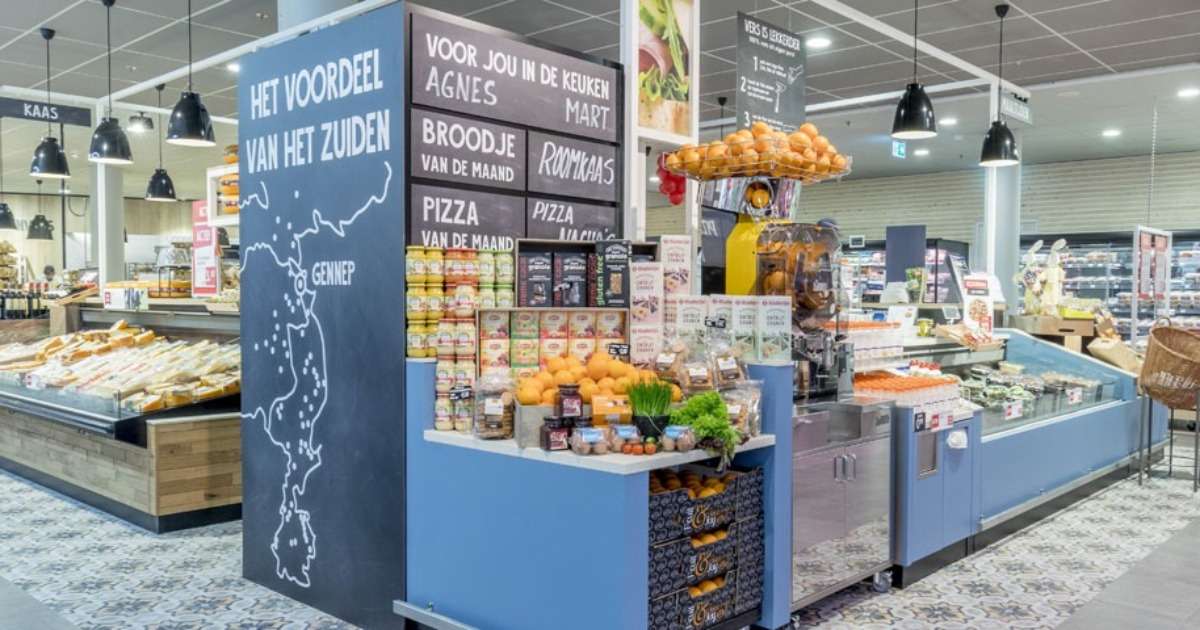
Retail analysis - Using TrackLab in a supermarket
Noldus Information Technology teamed up with Jan Linders supermarkets, a chain of supermarkets in the southern part of The Netherlands.

Simulation-based team training in obstetrics
The study of Annemarie Fransen and her team shows that simulation-based team training is effective in improving communication and cooperation of obstetric care teams.

UX: from the Anthropocene to science fiction and moonshots
Even after spending a decade in contact with User Experience researchers and professionals, the domain never stops to fascinate and amaze me. In October I had the privilege of joining the 10th NordiCHI conference, in Oslo.

Validation-study: Basic emotions and Action Units detection
Guest blogger Jan Zumhasch, a certified FACS-coder, explains why FaceReader is amazing if you want to analyze facial expressions and emotions.

Analyzing the mealtime behaviors of children with autism
Disrupted mealtimes and feeding challenges may risk the development of family stability, as well as the social skills and well-being of a child. Which strategy should families use to support meal time engagement?

Smile like you mean it
Of all human expressions, a smile is the most universal. But can you tell which smile is real and which is false?

How to master automatic Facial Expression Recognition
Many researchers have turned towards using automated facial expression recognition software to better provide an objective assessment of emotions.

Understanding the digital world at the Social Media Lab
In this unique lab, technology is applied to understanding user experience, behavior on social media, and much more.
Filter on
animal behavior research categories

How optogenetics is used to study the stress response in zebrafish larvae
Stress might seem like a bad word, but it does have its perks. A recent study by Rodrigo J. De Marco uncovered the role of the pituitary in zebrafish larvae behavior after the onset of stress.
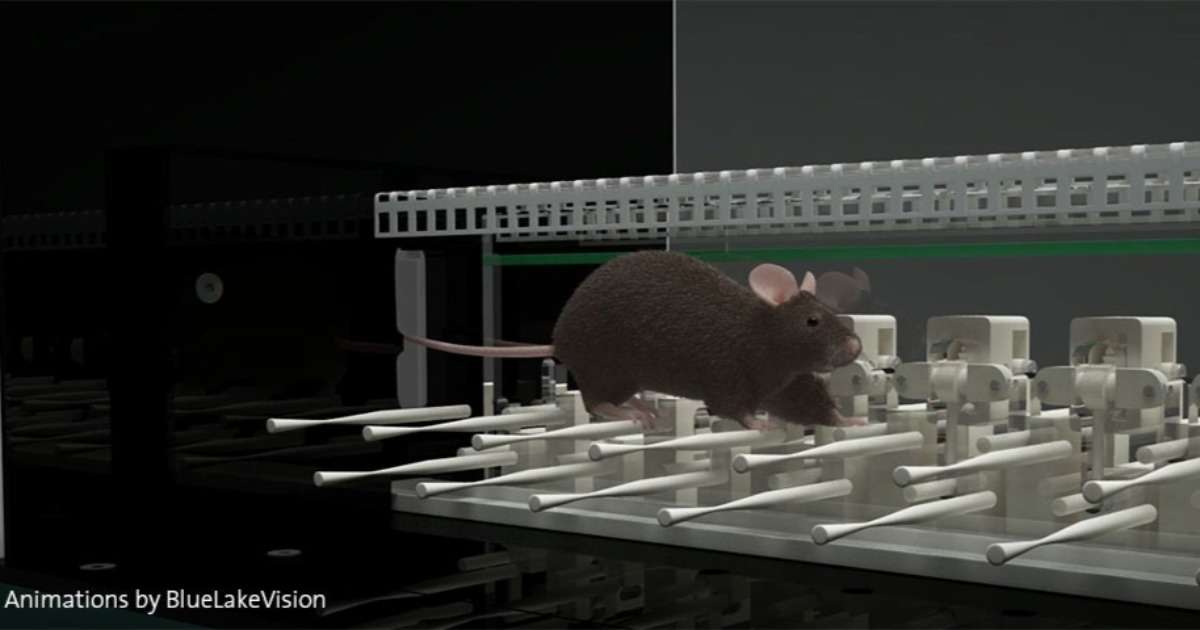
Autistic mice have motor learning difficulties specific to the cerebellum
Autism is often associated with social behavior deficits and repetitive behaviors. However, motor abnormalities are also a part of the behavioral spectrum. Recent studies have implicated the cerebellum.
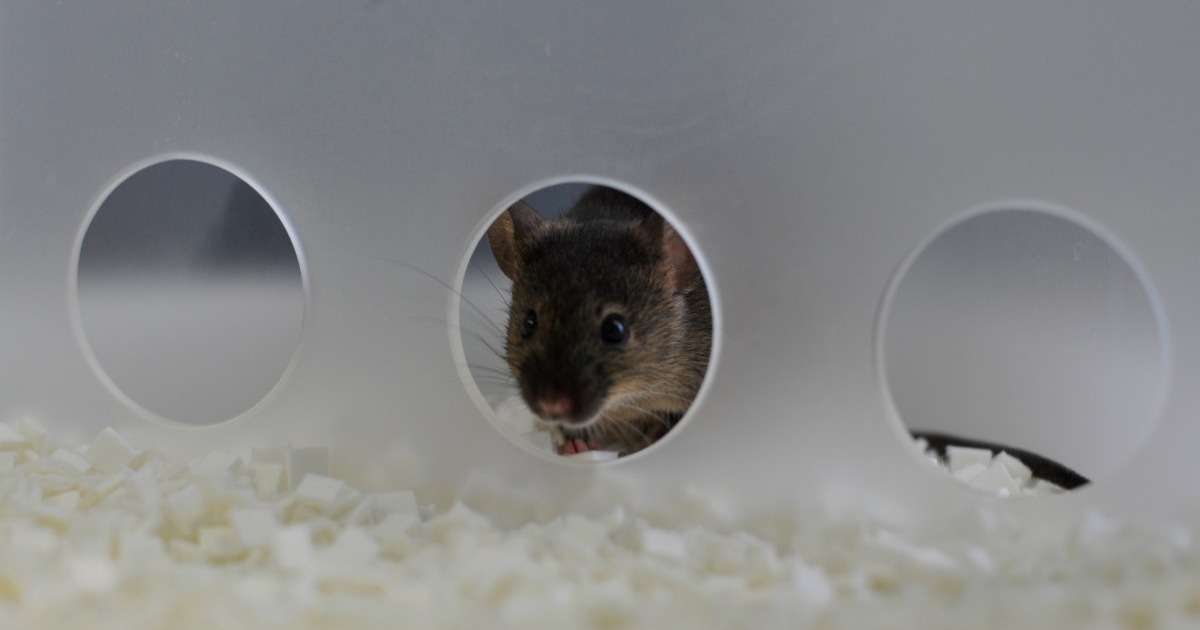
Discrimination learning without human intervention or food restriction
Sylics recently introduced CognitionWall, a new paradigm for discrimination learning in the home cage that avoids the necessity for food restriction and handling in learning tests.
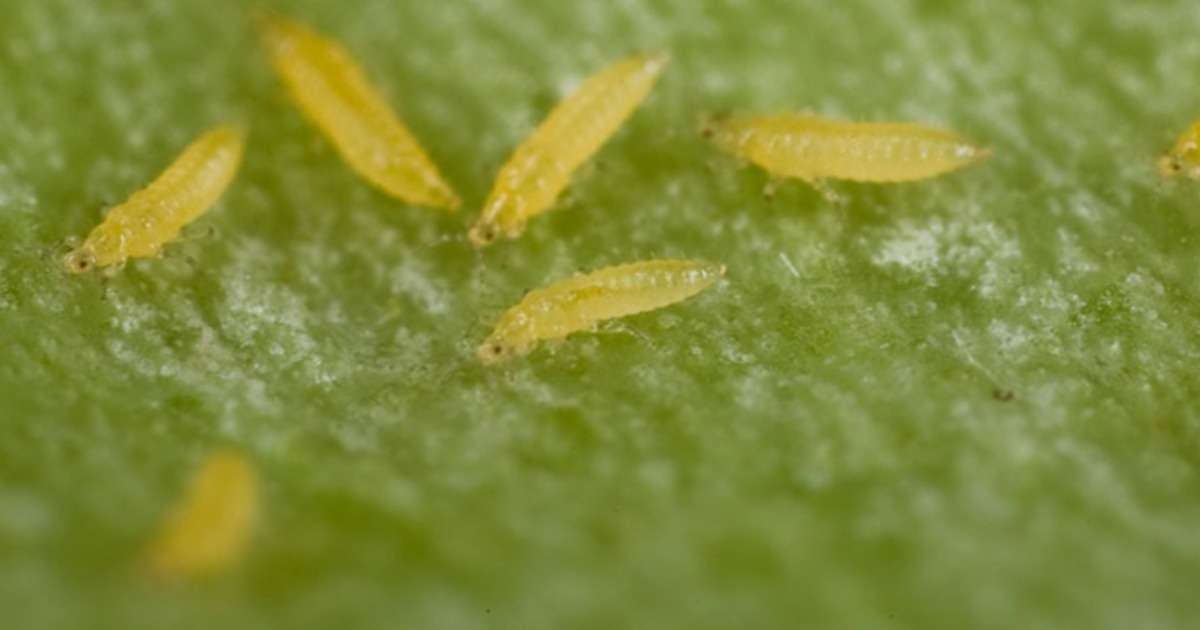
Video tracking for high-throughput screening of plant resistance to thrips
A thrips is a tiny insect that can have a not-so-tiny effect on plants. A lot of research is currently carried out on how to get rid of these creatures.

High-throughput screening of plant lines for resistance to pest insects
The EthoGenomics project focused on screening for host plant resistance to insect pest species. Video tracking provides the possibility to scale up the screening method largely.
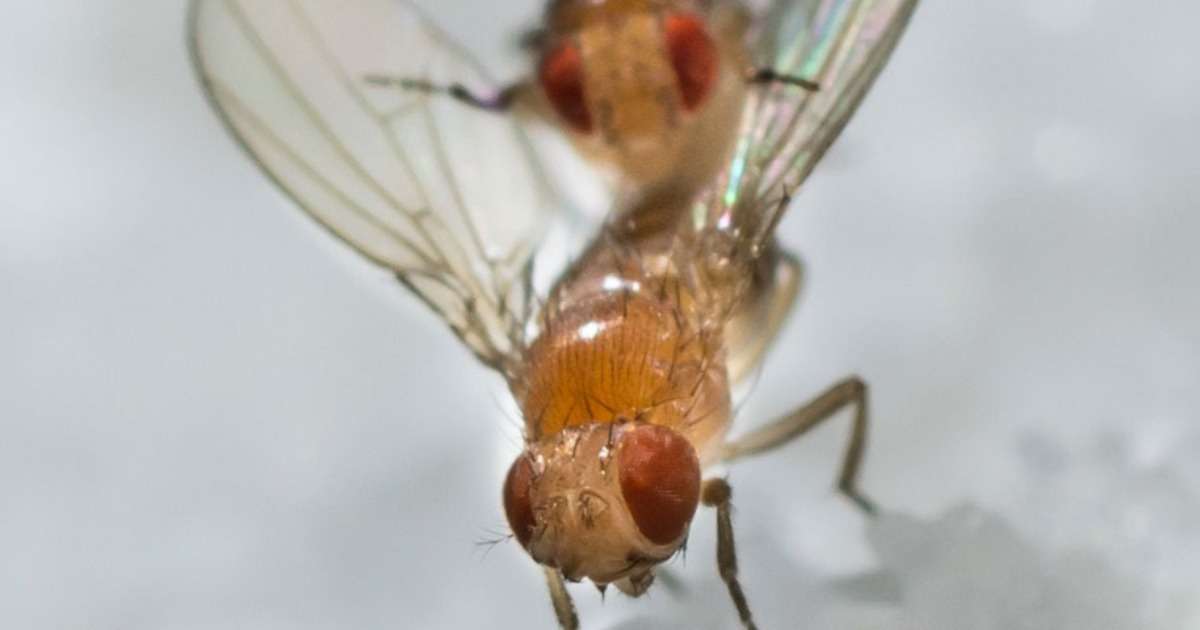
The power of rejection (in fruit flies)
Fruit flies have amazing sense of smell. This includes the ability to navigate to a food source, as well as search out a preferred mate. However, there are other areas in which their olfactory systems come into play.
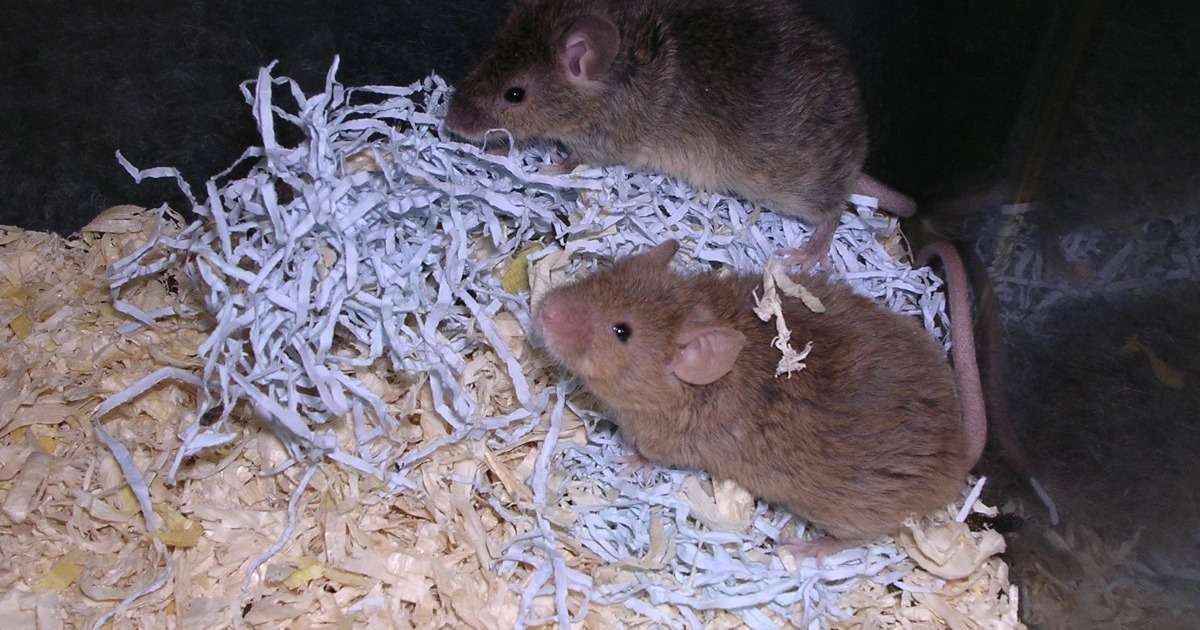
The use of video tracking in a HaXha test
When you get used to something, after a while you might not notice it anymore. Like a sent. The lab of Justus Verhagen investigated sniffing behavior with video tracking.
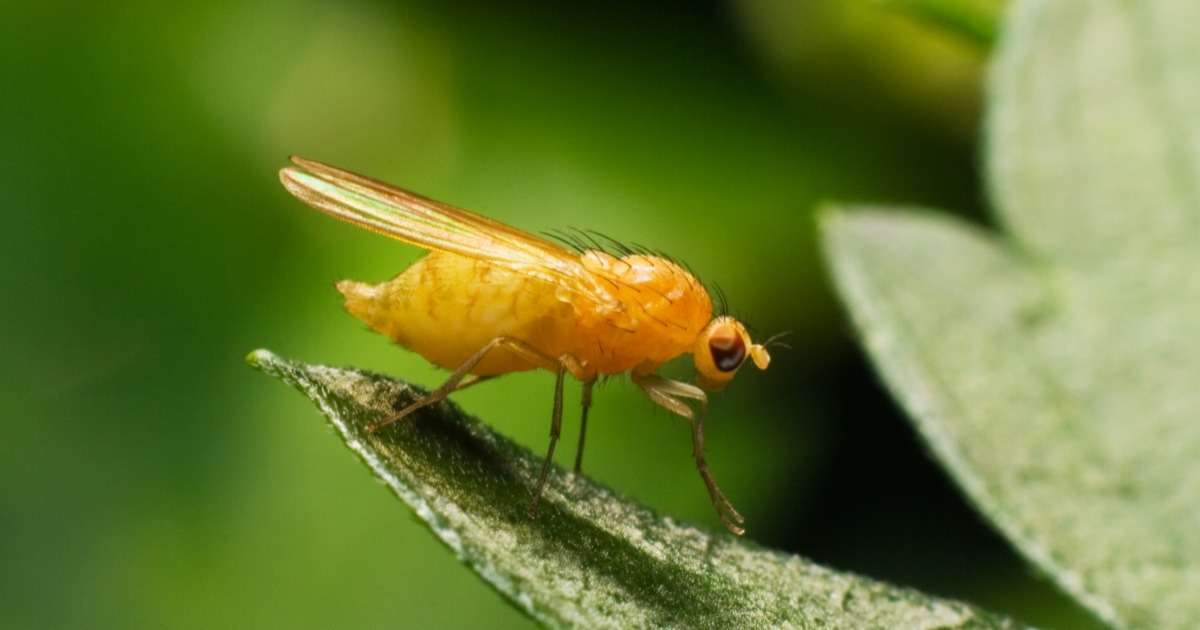
How fruit flies find your food (and mates!)
Those tiny flies that take over your garbage cans during the summer? They are called fruit flies for a reason! They have a fantastic sense of smell and these tiny creatures are a popular animal model for researchers.

Students’ first contact with The Observer XT
Prof. Dr. Stefanski and Dr. Flauger explain why it is important to introduce students to professional software tools at an early stage.

How to use CatWalk XT and Incapacitance Tester in non-clinical pain research
Heta Svard from Orion Pharma studies pain and neurological disorders and resports on recent research.
